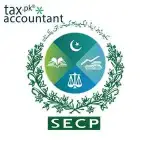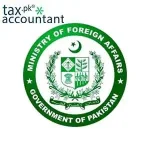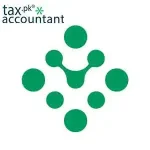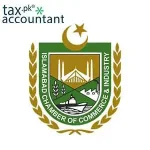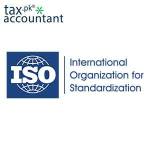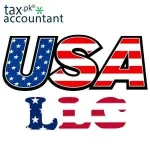When dealing with tax compliance, receiving a Show Cause Notice for Best Judgment Assessment under Section 121 can be a daunting experience for taxpayers. This comprehensive guide explains everything you need to know about this critical tax procedure and how to respond effectively.
What is a Show Cause Notice Under Section 121?
A Show Cause Notice under Section 121 is a formal communication issued by tax authorities when they intend to make a Best Judgment Assessment. This notice is typically sent when:
- The taxpayer has failed to file their return within the prescribed time limit
- The filed return is deemed incomplete or unsatisfactory
- There are discrepancies in the submitted documents
- The taxpayer has not responded to previous notices adequately
Understanding Best Judgement Assessment
Best Judgment Assessment is a mechanism that allows tax authorities to determine tax liability based on available information when complete details are not provided by the taxpayer. The assessment is made using:
- Previous year’s tax records
- Information from third-party sources
- Market rates and industry standards
- Any other relevant data available to the department
Key Components of the Show Cause Notice
1. Legal Basis
The notice clearly mentions Section 121 as the legal foundation for the proposed assessment.
2. Reasons for Assessment
Specific grounds why the best judgment assessment is being considered are outlined.
3. Proposed Tax Liability
An estimated amount of tax, interest, and penalties that may be levied.
4. Response Timeline
A specific deadline (usually 15-30 days) within which the taxpayer must respond.
How to Respond to the Show Cause Notice
Immediate Steps to Take
Review the Notice Carefully
- Examine all details mentioned in the notice
- Check the accuracy of personal and business information
- Verify the assessment period and amounts
Gather Supporting Documents
- Income statements and financial records
- Previous tax returns and acknowledgments
- Bank statements and transaction records
- Any correspondence with tax authorities
Prepare a Comprehensive Response
- Address each point raised in the notice
- Provide documentary evidence supporting your position
- Explain any discrepancies or missing information
- Submit within the specified timeline
Common Scenarios Leading to Section 121 Notices
Non-Filing of Returns
When taxpayers fail to file their annual returns despite having taxable income, authorities may initiate best judgment assessment proceedings.
Incomplete Documentation
Submitting returns without proper supporting documents or with insufficient details can trigger this process.
Non-Response to Previous Notices
Ignoring earlier communications from tax authorities often leads to show cause notices under Section 121.
Consequences of Ignoring the Notice
Failing to respond to a Show Cause Notice can result in:
- Finalization of Best Judgment Assessment: The proposed assessment becomes final
- Additional Penalties: Late response penalties may be imposed
- Interest Charges: Accumulating interest on unpaid tax amounts
- Recovery Proceedings: Initiation of tax recovery measures
- Legal Complications: Potential prosecution for tax evasion
Professional Assistance and Representation
When to Seek Help
Consider professional assistance when:
- The case involves complex tax issues
- Large amounts are at stake
- You lack expertise in tax matters
- Previous attempts at resolution have failed
Benefits of Professional Representation
- Expert knowledge of tax laws and procedures
- Proper documentation and presentation of your case
- Negotiation with tax authorities
- Reduced risk of errors in response
Prevention Strategies
Maintain Proper Records
- Keep detailed financial records
- Preserve all tax-related documents
- Maintain correspondence with tax authorities
Timely Compliance
- File returns within prescribed deadlines
- Respond promptly to tax notices
- Update contact information with tax authorities
Regular Review
- Periodically review tax obligations
- Ensure accuracy in filed returns
- Address discrepancies immediately
Best Practices for Response Preparation
Documentation Strategy
- Organize documents chronologically
- Provide clear explanations for each document
- Include covering letters explaining your position
Communication Approach
- Be respectful and professional in all communications
- Stick to facts and avoid emotional responses
- Provide complete information to avoid follow-up queries
Conclusion
Receiving a Show Cause Notice for Best Judgment Assessment under Section 121 requires immediate attention and careful handling. The key to successfully addressing such notices lies in understanding the legal requirements, preparing a comprehensive response, and maintaining proper documentation.
Remember that timely and appropriate response can help avoid unnecessary penalties and complications. When in doubt, seeking professional assistance can save both time and money while ensuring compliance with tax regulations.
By following the guidelines outlined in this article, taxpayers can effectively navigate the show cause notice process and protect their interests while maintaining good standing with tax authorities.
This article provides general information about Show Cause Notices under Section 121. For specific cases, it’s recommended to consult with qualified tax professionals or legal advisors or hit up at https://taxaccountant.pk/.


